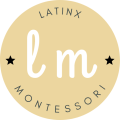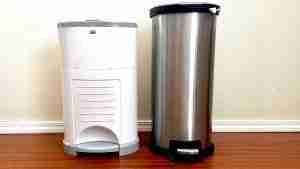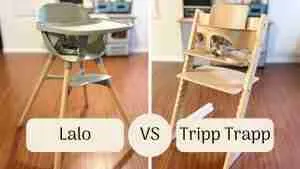
Montessori Toy Rotation: Follow Our Fail-Proof System
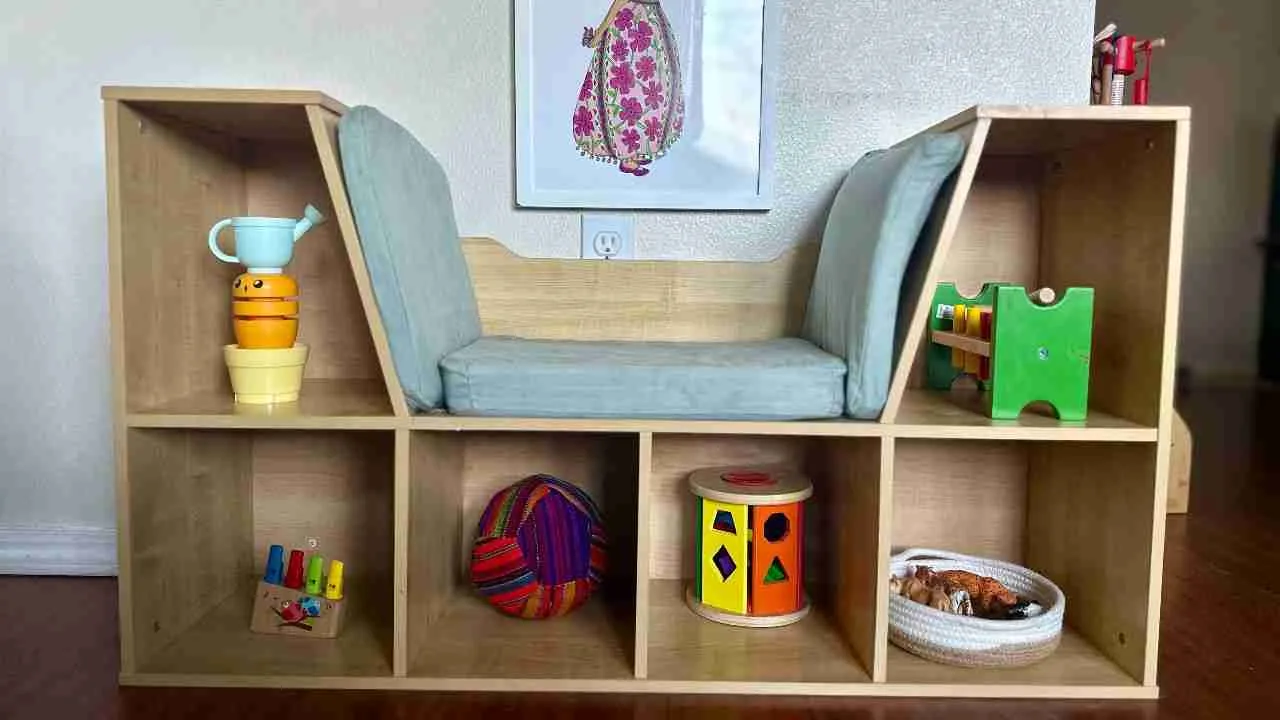
*Disclosure: I only recommend products I would use myself and all opinions expressed here are our own. This post may contain affiliate links that at no additional cost to you, I may earn a small commission. Thank you for your support!
Share this post
What is toy rotation?
Toy rotation is simply having a set number of toys on your child’s toy shelf for a period of time and then swapping them with a new set of toys.
This simple but proven strategy keeps your little one’s interest alive, sparks creativity, and let’s be honest, saves your living room from looking like a toy store explosion.
As a Montessori Guide, I implement this system both in my classroom and at home with my family
But we’ve noticed that parents tend to overcomplicate the process, so we are going to give you a simple toy rotation system that works with your child.
This is the same strategy we’ve used in our Montessori home so our daughter gets the most out of her playtime.
Follow our simple Montessori toy rotation system
We don’t want you to be overwhelmed as you start swapping out old toys for new ones. Simply follow our toy rotation system and modify it to meet your child’s needs.
Everything can be accomplished in 5 easy steps:
1. Pair similar toys together
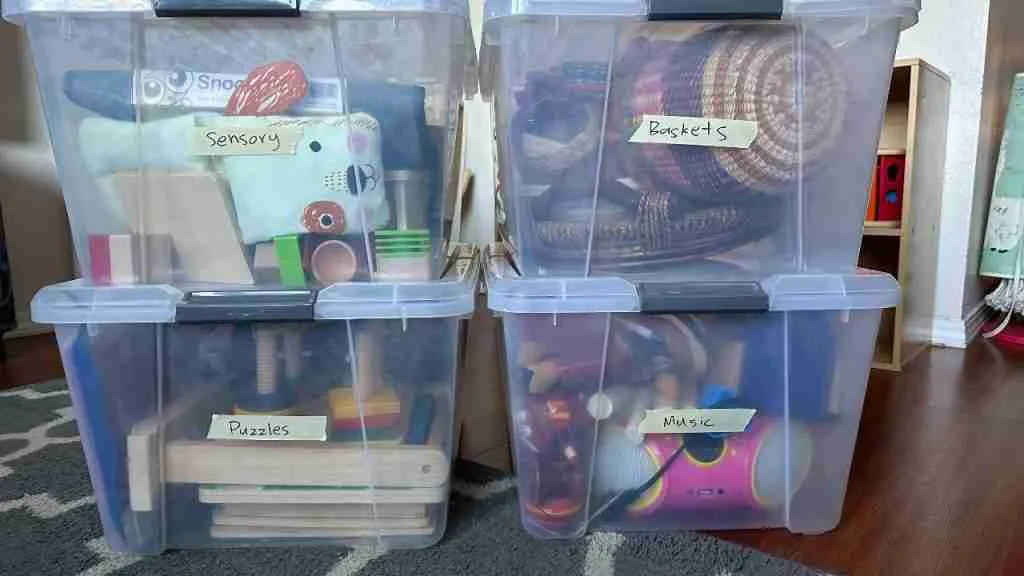
This step is important because it will make the entire toy rotation process easier and less overwhelming.
Begin by sorting toys by category, for example:
- Motor development.
- Building toys.
- Arts and crafts.
- Music and movement toys.
- Games and puzzles.
- Pretend play.
- Soft toys (stuffed animals, dolls)
After you sort out your child’s toys, put them in a bin and label it so you know what is in each bin.
This last step is going to save you time and make the process flow a lot smoother.
2. Create toy sets
This is where labeled bins come in handy. Ideally, your child’s toy shelf should have one toy from each category.
So having all of the toys in a bin that is clearly labeled will make it easy for you to select the toys that your child will play with.
For example, the toy shelf should have one motor development toy, one building toy, one pretend play toy, one puzzle, etc.
You can choose to have art and craft supplies in a different area of your child’s bedroom but it’s a matter of preference.
We chose to have a separate art table, including drawing paper, coloring books, paint, crayons, an art easel, and other art supplies.
Here is a sample table of what your toy rotation system should look like:
Rotation Number | Motor Development | Building Toys | Pretend Play | Music and Movement Toys | Games and Puzzles |
1 | Soft Sensory Balls | Mega Bloks | Play Kitchen Set | Baby Drum Set | Shape Sorting Puzzle |
2 | Stacking Rings | LEGO Duplo | Dress-up Costumes | Musical Shaker | Animal Matching Game |
3 | Push and Pull Toys | Magnetic Tiles | Dollhouse Set | Mini Xylophone | Alphabet Puzzle |
4 | Activity Gym Mat | Wooden Blocks | Doctor’s Kit | Dance Scarves | Counting Jigsaw |
5 | Baby Walker | Marble Run | Toy Tools Set | Toy Guitar | Memory Game |
We have a Montessori toy guide you can use to add toys to your child’s toy shelf, so make sure to check it out.
3. Select toys for rotation
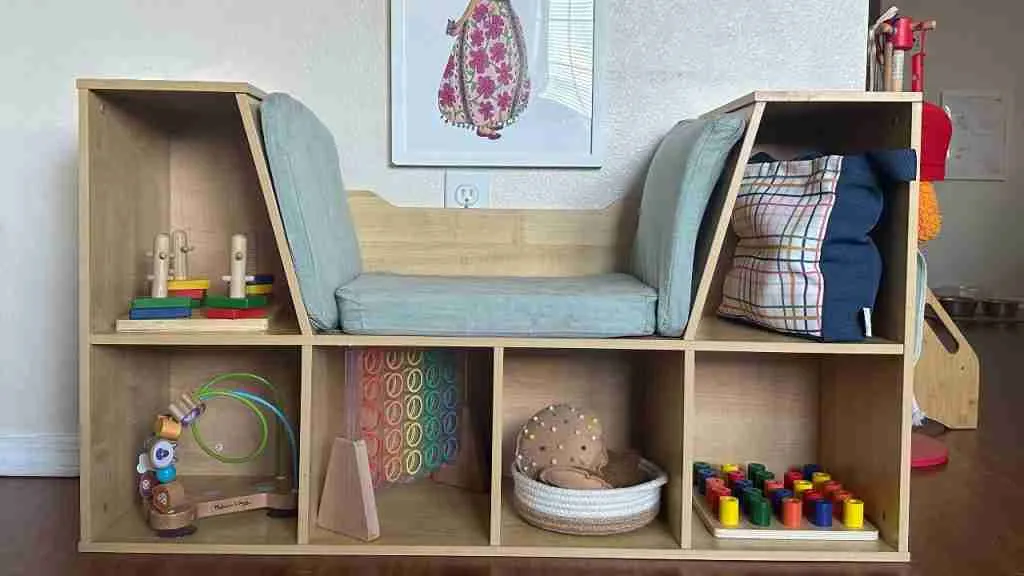
We do have to mention that you don’t have to rotate every single toy. If your child is very engaged with a particular toy, simply leave it on the toy shelf.
What that said, survey the playroom landscape. What’s been neglected lately? What’s sparking interest?
Just think about how your child is interacting with the toys and observe those that are not being used anymore.
If your child is still engaged with building blocks, keep them as part of their play routine.
But if you notice that your child has not played with a puzzle, you can replace it with a more challenging puzzle.
The key here is to constantly provide educational toys that stimulate their senses.
4. Create a rotation schedule
So, how often should you rotate toys? It depends on your child and this is why it is important to observe their interests.
You can rotate toys every couple of weeks or once a month. There is no right or wrong way to do it. Just be flexible and find out what works for you.
What we like about rotating toys on a set schedule is that our daughter gets excited to see a new set of toys on her shelf.
This keeps her curiosity and engagement going throughout her playtime.
5. Include climbing and balance toys
Toys should not be limited to puzzles, dolls, or sorting toys. You can also provide toys that improve your physical development like balance, coordination, and strength.
We have a few climbing toys like a Pikler triangle, balance beams, and a rocker that provides tons of fun for our daughter.
Here are some of the best Montessori climbing toys we highly recommend.
Signs it’s time to rotate toys
Look for the following signs that will tell you when your child needs a new set of toys.
Lack of interest
How do you know it’s time for a toy shake-up? Easy, just watch your child.
If you notice dwindling interest or a lack of engagement with certain toys, that’s your green light. The beauty of toy rotation is that it keeps things exciting.
When toys take a little vacation and return, it’s like meeting an old friend. Look for the cues and trust your parental instincts.
Your child completes tasks easily
If you notice that your child completes puzzles or other activities easily, you should remove that toy and introduce something more challenging.
For example, 3-piece puzzles are great for an infant or young toddler. However, after constant repetition, they will not find this activity challenging anymore.
So the next toy that will challenge them would be a shape sorter or a more challenging puzzle.
Benefits of toy rotation
Now that you know how to rotate toys, I will share some of the benefits of toy rotation, why we do it, and why you should do it too.
1. Positive impact on child development
Toy rotation is more than just a tidying-up tactic. The benefits go beyond a clutter-free playroom.
When you rotate toys, you’re essentially providing a dynamic learning environment. Changing the play landscape regularly exposes your child to different textures, shapes, and scenarios.
It’s a subtle way of encouraging exploration and expanding their cognitive horizons.
This is why we highly encourage you to rotate toys in your Montessori home because you help your child improve their focus and concentration when you offer a limited selection of toys.
In doing so, your child masters one skill at a time which is crucial in the early years of development.
So, toy rotation isn’t just about swapping your child’s favorite toys, it’s about nurturing their growing brains.
2. Your child will stay engaged and interested
Toy rotation is a powerful strategy to keep your child consistently engaged and interested in their play.
The concept is simple but effective. You’re essentially offering a fresh, new set of playthings just by periodically swapping out toys.
The joy of discovering toys they haven’t seen before sparks excitement and turns ordinary play sessions into fun adventures.
This continuous engagement not only keeps your child entertained but also contributes to their overall sense of curiosity and wonder.
3. Encourages independent play
We are big advocates of independent play because it nurtures our child’s self-sufficiency. It’s rewarding to see our daughter take initiative in her play.
Your child will learn how to select the toys they want to play with by themselves without constant supervision.
And this fosters a sense of autonomy as they explore and engage with the available toys on their terms.
4. Maintains a clutter-free environment
Believe us when we say that having to clean up piles of toys isn’t a rewarding part of parenting.
Having a limited number of toys on our daughter’s toy shelf has helped us keep our entire home clean and organized.
Our daughter has also learned how to pick up after herself. Having just a handful of toys makes packing away easier.
So not only are we keeping a clutter-free environment, but our daughter is learning the importance of order by returning toys to their designated space.
5. Supports a Montessori approach to learning
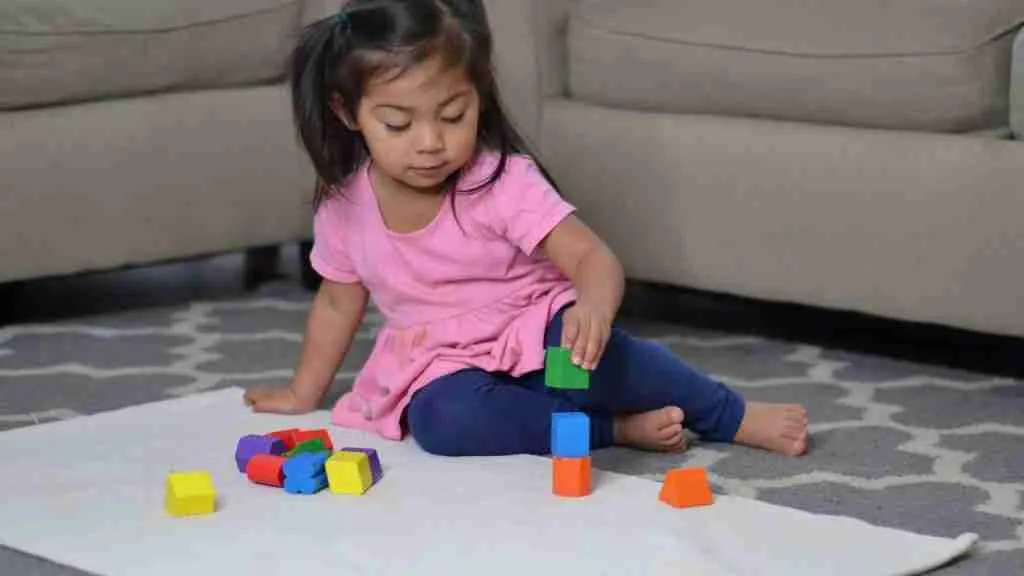
The Montessori philosophy emphasizes simplicity and order in your child’s learning environment, and this seemingly aligns with our toy rotation system.
And the same can apply to your child. Your child learns how to choose and return toys independently when they have a limited selection.
This toy rotation system nurtures a sense of order, responsibility, and respect for the play environment.
It is a holistic approach that goes beyond play and contributes to your child’s overall development.
Toy rotation FAQ
We get a lot of questions about toy rotation, so you may find the answer to your question here.
How often should I rotate Montessori toys?
From personal experience, you need to observe your child’s engagement and developmental stage instead of focusing on a rotation timeline.
Sometimes you’ll need to rotate toys every week, other times once a month. It really depends on your child’s interest in a specific toy.
If they remain deeply engaged with the current toys, there’s no rush to switch them out. Simply let their interests guide the rotation rhythm.
At what age do you stop toy rotation?
There’s no fixed age to halt toy rotation because it varies based on your child’s preferences.
As they grow, their play patterns evolve. Your child may naturally become more selective and prefer specific toys or activities.
In our household, we simply pay attention to our daughter’s changing interests. Adapting the play environment to suit her evolving tastes remains beneficial.
How many toys should a child have?
Quality outweighs quantity in the Montessori philosophy.
Rather than fixating on a specific number, focus on offering a thoughtfully curated selection of toys that stimulate your child’s senses and long-term development.
Too many toys can overwhelm your child and hinder their engagement and concentration.
We only have about 6 toys maximum because they encourage exploration and creativity without causing sensory overload.
Can too many toys overstimulate a baby?
Yes, an excess of toys can overstimulate a baby. Babies are highly sensitive to their environment, and an abundance of stimuli can lead to heightened stress and difficulty focusing.
What to do next?
Many parents overcomplicate toy rotation but as you can see, creating a toy rotation system is not hard. Simply follow my proven steps so your child continues to be engaged during playtime.
I encourage you to look at our Montessori toy guide so you know which toys to provide throughout your child’s developmental stages.

Hello, I am Leslie. I am on a mission to help you support the growth and development of your child. With the right tools and proper guidance, you can navigate parenthood with confidence and assertion! My goal is to equip you with knowledge to help you construct a strong foundation for your child’s life.
Suggested articles
You May Also Like

Why Shouldn’t You Use A DockATot In A Crib? A Warning From CPSC
The reason why you shouldn’t use a DockATot in a crib is that babies run the risk of possible suffocation.
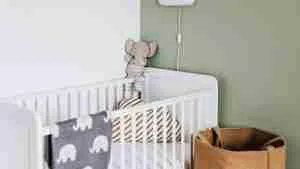
5 Best Cribs For Short Moms: Never Fall In Again
This is a full list of the best cribs for short moms. These cribs are less than 40 inches high, which is ideal for all of us short moms out there!

How To Handle Terrible Two Tantrums: 9 Proven Tips
How do you handle terrible two tantrums? Simple, help your child regulate their emotions, offer choices, and promote open communication.
